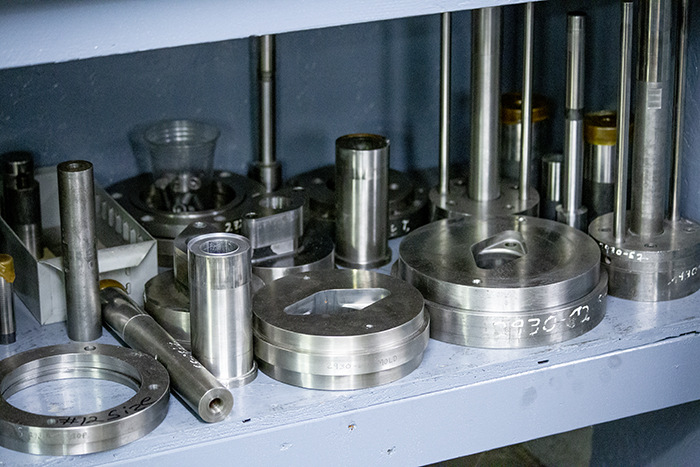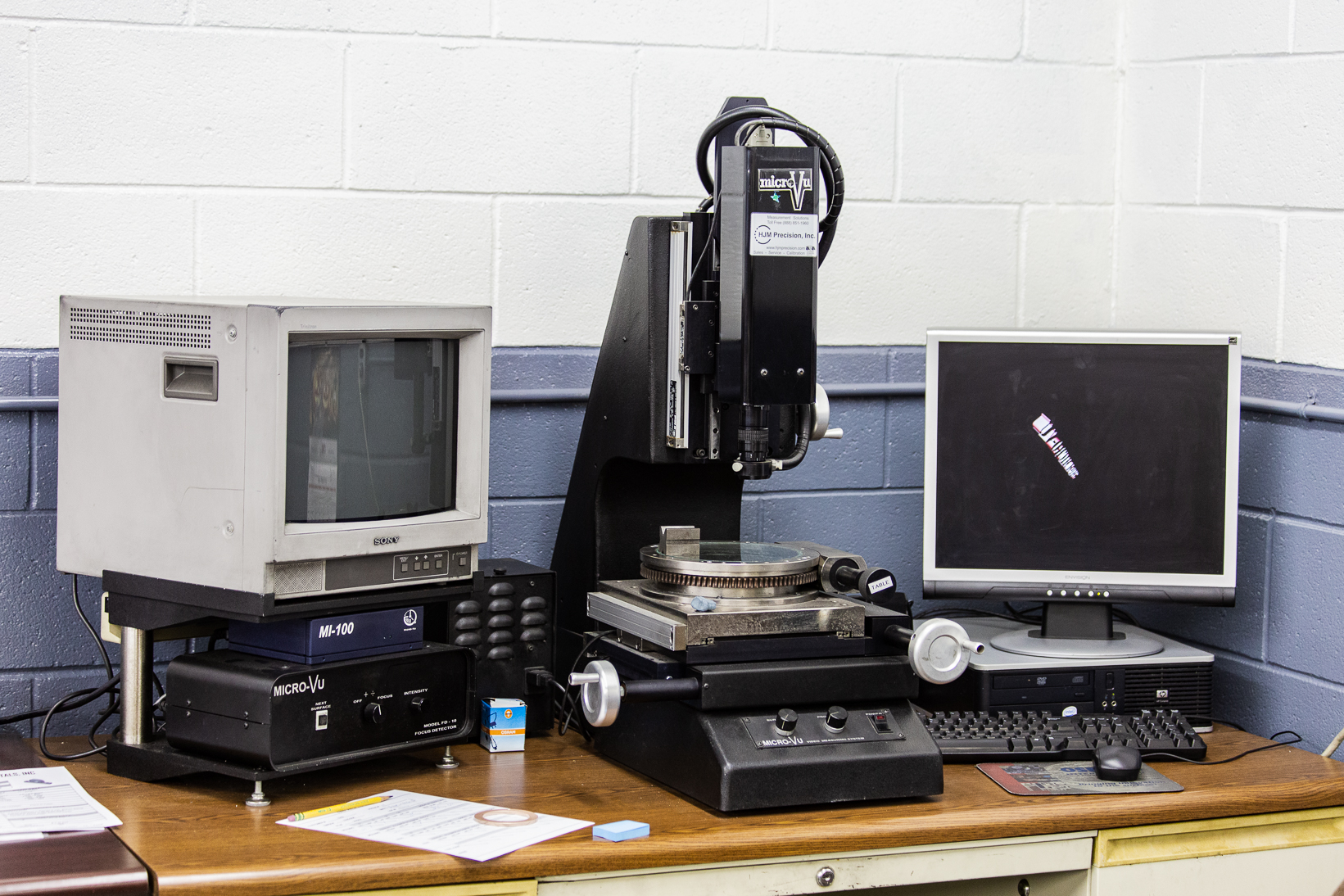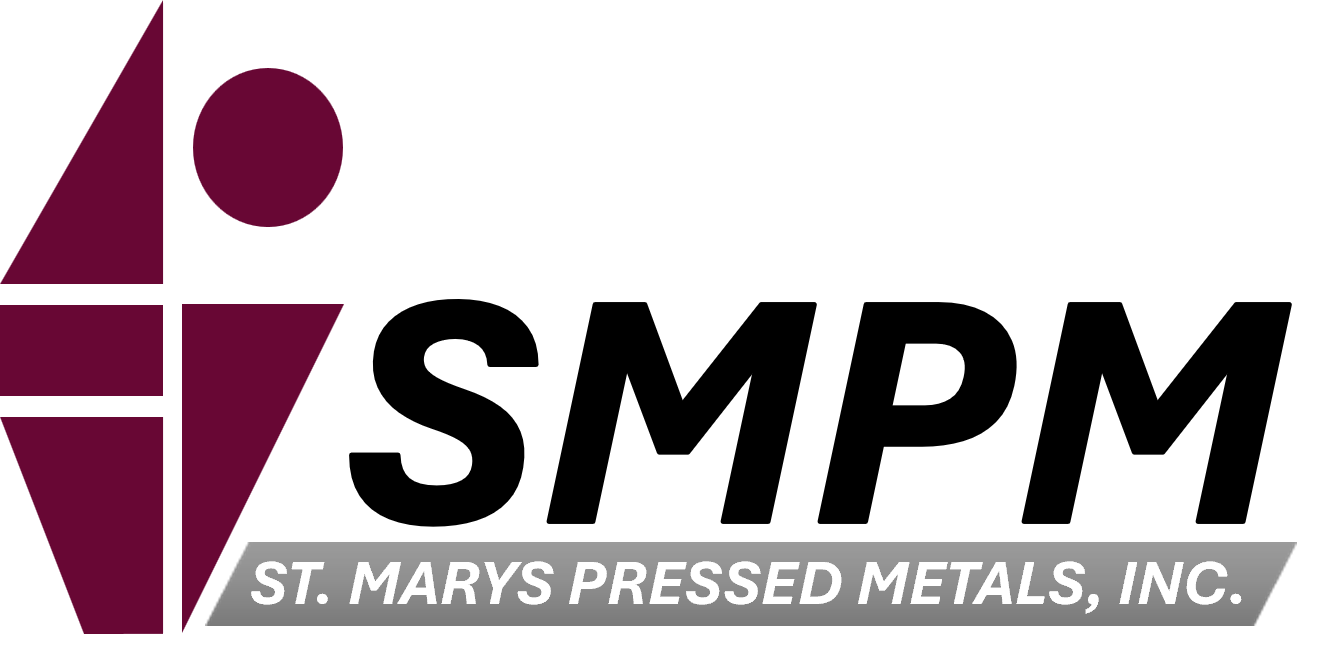P/M Process and Benefits
Strength, Durability, Versatility & Performance
P/M is the efficient and cost-effective alternative to machined parts, castings, and forgings. Powder metallurgy – frequently referred to as P/M – is a unique and highly developed method of manufacturing ferrous and non-ferrous components. Both simple and complex parts can be efficiently and cost-effectively manufactured through the P/M process, which typically produces components of exceptional quality with very little waste. SMPM takes the inherent values of powder metallurgy manufacturing to an even higher level with an unremitting commitment to quality, innovation, and customer service.

PM Makes the Difficult Achievable
Because P/M facilitates the mass production of high quality complex metal parts at low cost, it’s the process of choice for industries of all types. P/M is also the production method of choice for parts that require the use of difficult-to-fabricate materials such as tungsten and molybdenum, which cannot be efficiently produced through any other process. In addition, porous bearings, filters, and many types of hard and soft magnetic parts are exclusively produced through the P/M process. Secondary processes can further strengthen P/M parts and increase wear resistance.
PM Advantages Include the following:
- Low cost, mass production of high quality, strong, complex metal parts
- Maintains close dimensional tolerances & provides a good surface finish
- Eliminates or minimizes post-production operations
- Wide variety of alloyed materials available; heat treating increases strength/wear resistance
- Provides controlled porosity for self-lubrication
- Achieves complex/unique shapes impossible or impractical by any other process suited to moderate-to-high volume
- Offers reliability in critical applications
- Creates parts that are stronger, more durable, more versatile, and more economical than traditionally manufactured parts.

Saving Dollars By Eliminating Waste
Because parts are formed by mixing, compacting, and sintering metal powders, it is a “chipless” technology and there is virtually no waste; typically, more than 97% of the starting raw material is in the finished part. This can add up to huge savings for our customers.
Fewer Manufacturing Steps
P/M also saves money by saving manufacturing steps – the additional assembly steps that are required by other metalworking processes can often be eliminated when parts are manufactured through P/M. And because P/M produces parts are typically produced at or very close to final dimensions, post-production machining requirements are either extremely minor or eliminated entirely.
The PM Process

Powder metallurgy is a three-step process, outlined briefly below:
Step One: MIXING
The first step in the P/M process is mixing elemental or prealloyed metal powders with lubricants or alloy additions.
SMPM applies its years of P/M production experience to create mixtures that will serve each customers precise needs for strength, durability, and accuracy.
Step Two: COMPACTING
After the metal powders and additives are mixed, controlled amounts are gravity-fed into precision dies and compacted under intense pressure.
Typically, compacting techniques use rigid dies set into special mechanical or hydraulic presses.The resulting “green compact” has the size and shape of the finished part when ejected from the die and has sufficient strength for in-plant transport to a sintering furnace.
Step Three: SINTERING
The third step of the P/M process involves heating the green compact by placing it on a continuous conveyor belt which passes through a high-temperature, atmosphere-controlled furnace.
The parts are heated to below the melting point of the base metal, held at the sintering temperature, and then cooled, transforming the compacted mechanical bonds between the powder particles into metallurgical bonds.
P/M parts are generally ready for use after sintering, but the parts may be further treated to provide special properties.

